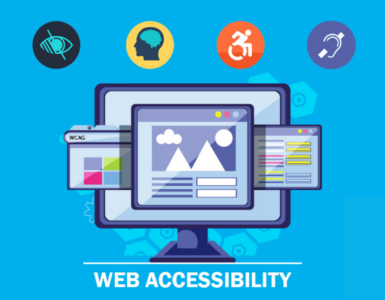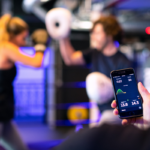Ideally, website accessibility is applied chiefly to benefit disabled people, right? At least, that is what we think. You would be surprised at how many people will benefit from accessibility features on your site even though they are not disabled. Some people are likely to benefit from website accessibility features though not disabled, may include a person on a bus, a person using the phone under the sun, a breastfeeding mom, and many others.
The different environments we are in at a particular time sometimes affect how we interact with websites. Therefore, making your website accessible works for everyone depending on where they are or what they are doing when they are accessing the website. So here are some accessibility features you need to incorporate on your site and some of the people who will benefit from them.
Use Plain English
The average reading age in America is 12-14yrs. Therefore writing content in clear and plain English is an excellent way to reach a broad audience. Few people will understand ambiguous words and sentences. Metaphors, puns, and other figures of speech may also be confusing to several readers. You will have to use simple words and sentences to pass your message and keep the readers glued to your page.
Using plain English is especially essential for;
- People who have learning challenges and may not be able to comprehend complex vocabularies
- Cognitive impaired people who may find it hard reading and concentrating through dense paragraphs
- Those suffering from fatigue
- Those learning English as a second language
- Autistic people who may take the metaphors and puns literally
Once you create your website, ensure your content is created in simple English to accommodate different people; it will benefit your readers and you can also use it as your search engine optimization strategy, seeing as you will keep people on your page and draw traffic at the same time. Talk about killing two birds with one stone.
Color Blending With Good Contrast 
The color contrast between texts and the background of the website should be a perfect combination. It includes links, buttons, and any other information on the website. An excellent example of poor color contrast is light grey writings on a white background. Most people will hardly see what is written on such a page. Good color blending is especially appropriate for poor visuals or people who have problems with color separation.
Additionally, it’s helpful to older people who may want to read the content on your page, people with a temporary visual impairment such as cataracts, and those reading content from your website under different lighting conditions. Noteworthy, those with migraine sensitivity may prefer dull colors on the website. Thus you should at least give those accessing your website an option to switch the background and text colors.
Closed Captions on Video Content
Primarily we use closed captions and subtitles interchangeably. The two have a significant difference. Closed captions provide descriptions of dialogues and sounds that are taking place in the video. They provide text alternatives to the videos only when they capture the relevant sounds. For example, ‘bangs door,’ ‘screams.’ They assist both disabled and non-disabled audiences. They are beneficial to;
- Deaf and hard of hearing people
- Older adults experiencing hearing loss
- People with poor concentration who may use the captions to follow up the video
- Those watching the video in a noisy environment
- Those using English as a second language
Keyboard Navigation
Keyboard-only navigation is an essential accessibility feature. Those who use keyboards only to navigate the website use the tab key to click on buttons and any links available on the page. The feature is especially vital for those who use assistive technologies such as screen readers. Most people who use the Keyboard only have motor impairments and thus may be unable to use a mouse. Incorporating this feature will be beneficial to;
- People who have hand tremors
- Those who have temporarily broken arms
- People carrying out different tasks at the same time
- Users who prefer using keyboard shortcuts
Clear Heading Structures
Page layouts that lack consistency make it difficult for your audience to find information on the site. Therefore to achieve a clear heading structure, you can use the standard heading levels, H1, H2, and H3, to create organization and make it easy for those using assistive technology to follow through on your website content. The more intuitive and predictable your content is, the easier it is for those with various challenges to find the necessary information.
Final Take
The more we design our websites considering accessibility, the easier we make it for everyone accessing the website in different environments. It is a misconception that website accessibility only helps those with disabilities or cognitive impairments; at some point, we have all used the website accessibility features despite not being disabled. These features are also good for your SEO, so you must consider them when designing your website.












